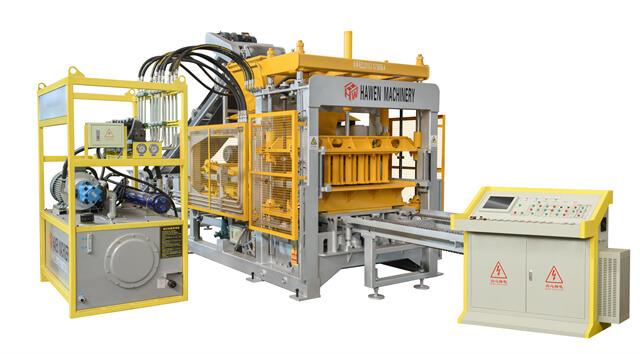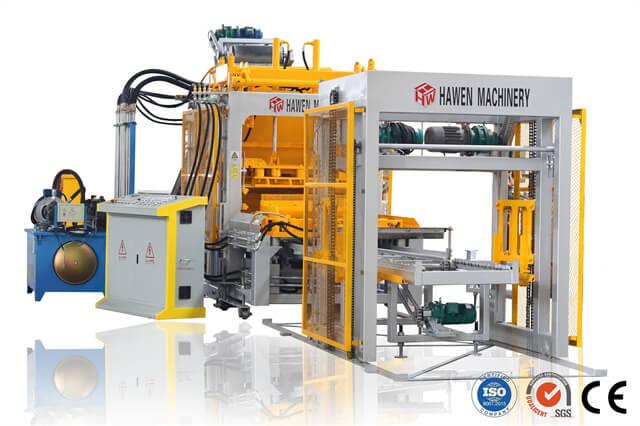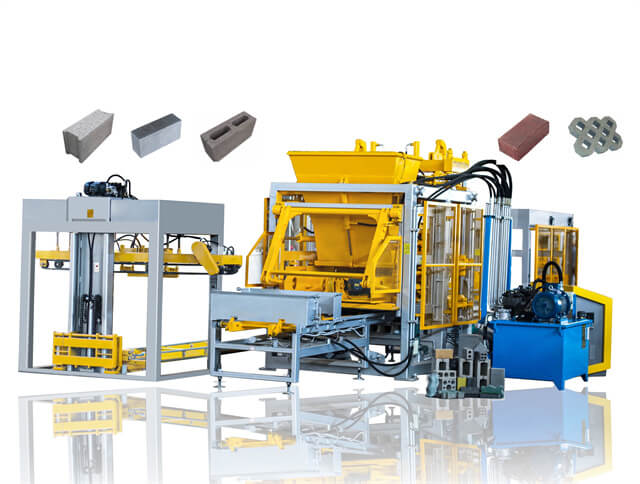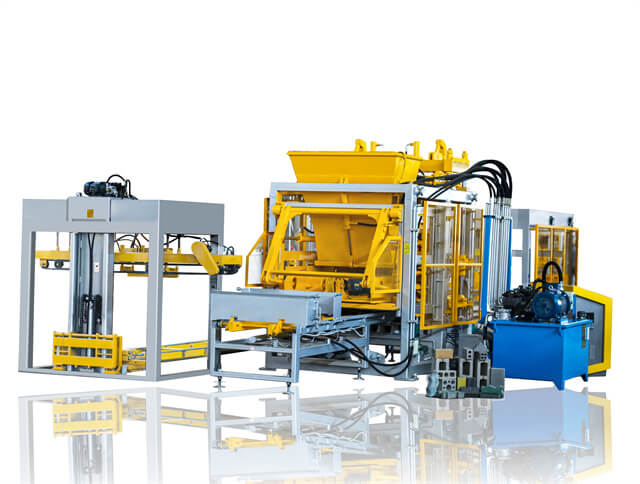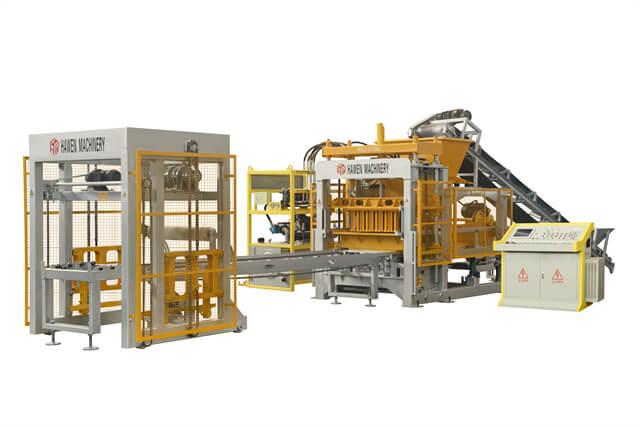Author:HAWEN Block MachineFROM:Brick Production Machine Manufacturer TIME:2024-03-18
Exploring the Structure, Function, and Knowledge of Concrete Block Manufacturing
Concrete blocks, also known as cement blocks or cinder blocks, are essential building materials used in various construction projects. They are widely used due to their strength, durability, and cost-effectiveness. Understanding the structure, function, and knowledge behind concrete block manufacturing is vital for ensuring quality production and efficient construction processes.
The history of concrete blocks dates back to ancient civilizations, where materials such as mud, clay, and straw were used to create building blocks. However, the modern concrete block manufacturing process began in the late 19th century with the invention of Portland cement, which significantly improved the strength and durability of blocks.
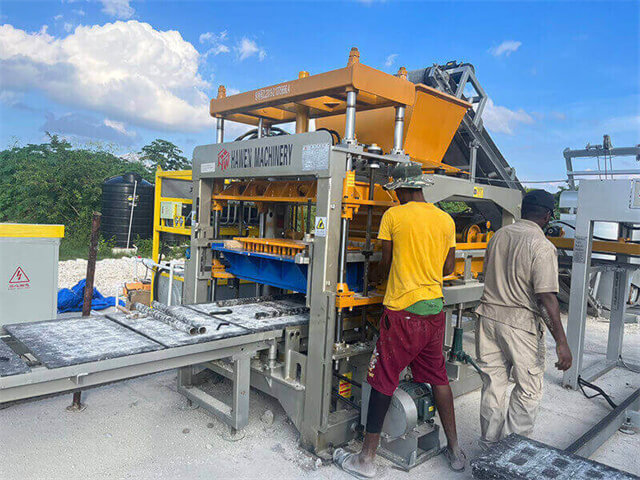
Concrete blocks are primarily composed of Portland cement, water, and aggregate materials such as sand or gravel. The ratio of these ingredients determines the strength and density of the blocks. Additional additives, such as fly ash or admixtures, may be incorporated to enhance specific properties or improve manufacturing efficiency.
The manufacturing process of concrete blocks involves several steps. Firstly, the raw materials are carefully measured and mixed in predetermined proportions. The mixture is then transferred to a concrete block machine, where it is compressed under high pressure into molds. After a curing period, the blocks are removed from the molds and stored in a controlled environment to ensure proper hydration and strength development.
Concrete blocks come in various types and sizes, depending on their intended use. Common types include solid blocks, hollow blocks, and interlocking blocks. Solid blocks are dense and provide excellent load-bearing capacity, while hollow blocks offer thermal insulation and reduced weight. Interlocking blocks are designed to fit together, eliminating the need for mortar in construction.
Ensuring the quality of concrete blocks is crucial for construction safety and longevity. Quality control measures include regular testing of raw materials, monitoring the manufacturing process, and conducting strength tests on finished blocks. Various tests, such as compressive strength, absorption, and dimensional stability tests, are performed to assess the quality and compliance of the blocks with industry standards.
The concrete block manufacturing process has both environmental advantages and challenges. The use of recycled materials, such as fly ash or crushed concrete, reduces waste and energy consumption. However, the production of cement, a key ingredient in concrete blocks, generates significant carbon dioxide emissions. Efforts are being made to develop sustainable alternatives, such as using alternative cementitious materials or improving energy efficiency in manufacturing facilities.
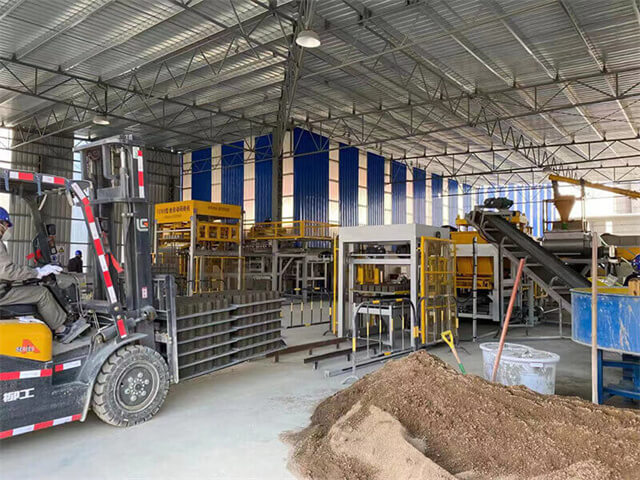
The field of concrete block manufacturing continues to evolve with advancements in technology and innovations. Automated machines and computer-controlled processes have improved productivity and consistency. Innovations in block design, such as incorporating insulation materials or creating self-healing properties, aim to enhance performance and sustainability in construction.
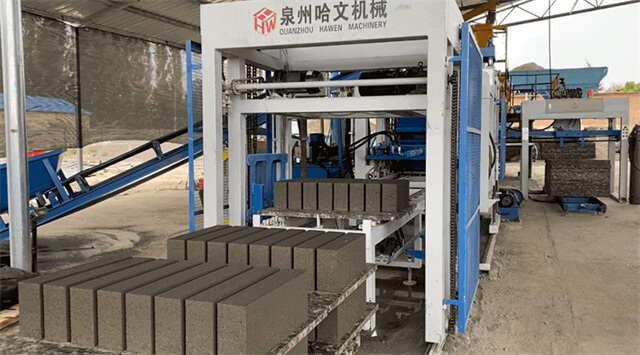
The future of concrete block manufacturing looks promising, with a focus on sustainable practices and advancements in materials and techniques. Research and development efforts are directed towards reducing the environmental impact, improving block performance, and enhancing construction efficiency. Continuous exploration of new materials and processes will shape the future of concrete block manufacturing.
Exploring the structure, function, and knowledge of concrete block manufacturing provides valuable insights into this essential construction material. From its historical roots to modern advancements, understanding the composition, manufacturing process, quality control, and environmental considerations is vital for sustainable and efficient building practices. With ongoing innovations and future prospects, the concrete block industry is poised to contribute to a greener, safer, and more resilient built environment.
